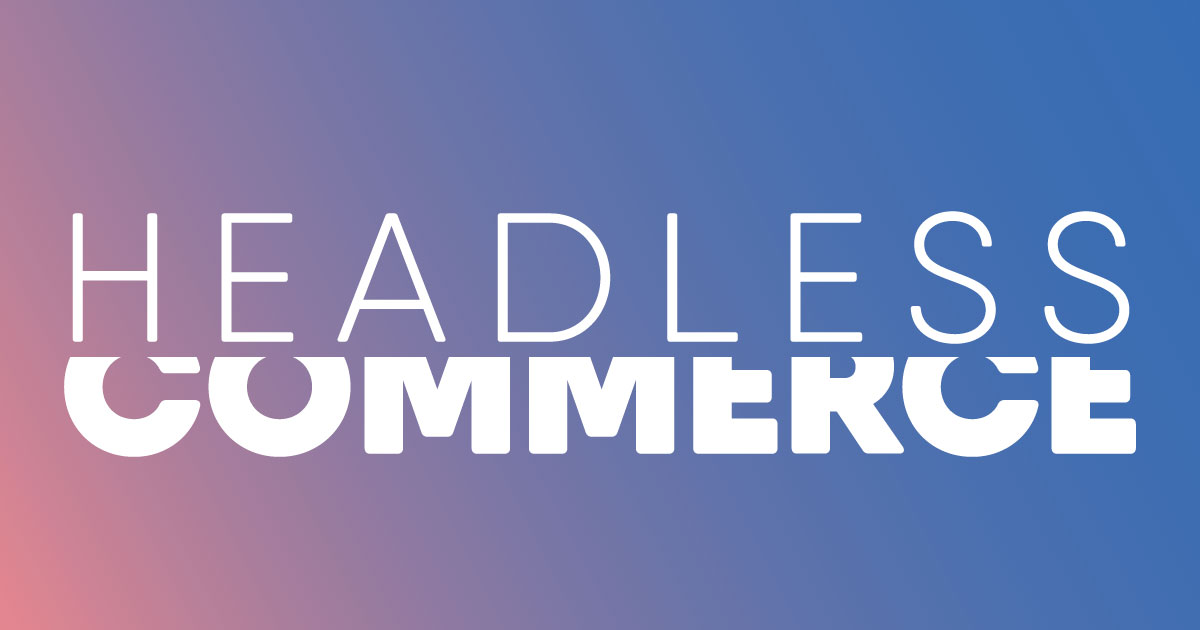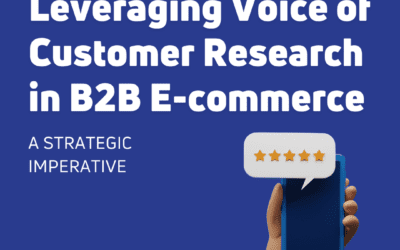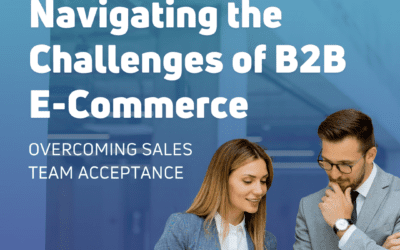In the e-commerce world, a microsite, multisite, or extended site has many interpretations or definitions. Collectively, we will refer to them as an “e-site,” which in general describes the idea of having multiple websites that address different business needs in an...
Insights
Should Your Business Go Headless?
BlueSky Commerce Blog
Featured
Related Posts
7 Effective Ways to Increase Your Average Order Value (AOV) in B2B and B2B2C E-commerce
In the competitive B2B and B2B2C e-commerce landscape, businesses are grappling with slower sales growth and the need to find new revenue streams. Leaders responsible for e-commerce strategies must focus on innovative approaches to recover lost revenue and drive...
Have Questions?
Get In Touch

BlueSky Commerce
- BlueSky Commerce Partners with commercetools
- KLaunch and BlueSky Commerce Announce FoodBridge, An AI-Powered E-Commerce Solution Created for the Financial Stability of Food Banks
- Catch up with BlueSky Commerce at Shoptalk 2023!
- Industry E-Commerce Sales Veterans Leading the Way at BlueSky
- BlueSky Sponsors Brooke’s Place 2022 Hope Fore Tomorrow Golf Outing June 6, 2022
- BlueSky Commerce announces strategic partnership with Fluent Commerce
- 7 Ways to Modernize Your E-Commerce Site Design
- Creating a Digitally Native Culture: A 360 Approach to Digital Transformation
- How to Take Your B2B Brand Direct-to-Consumer
- BlueSky Commerce Sponsors Brooke’s Place Hope Fore Tomorrow Golf Outing
Follow Us
Should Your Business Go Headless?
The way in which consumers make online purchases has evolved dramatically over the last few years.
Not only are consumers making purchases across a variety of devices, they’re also moving across channels before completing a purchase. In 2017, smartphones took a higher share of eCommerce revenue than personal computers for the first time. That alone is evidence of this evolution.
The shift in a buyer’s journey creates challenges for brands that want to engage customers across multiple channels, while offering a unique but consistent experience on all platforms. This is where a traditional commerce solution falls short. In contrast, headless commerce solutions are allowing businesses to quickly provide dynamic content.

So what does it mean to run a headless commerce solution?
To answer this, you first need to understand traditional off-the-shelf commerce solutions. Today, most are full-stack applications with predefined front-ends and admin consoles. The front-end experience and functionality (presentation layer or storefront) is deeply coupled with the back-end (application and database layers) code and infrastructure. The application layer includes things like product catalogs, search, personalization, and promotions. This means that most customizations to the front-end require edits all the way back to the database layer. This can be limiting and time-consuming for a company wanting to keep pace in selling across multiple channels while providing consistent consumer experiences.
A headless commerce solution decouples the storefront from the back-end, providing developers more freedom to customize sites and address the evolving purchasing experience. This detachment is responsible for the coining of the term, “headless.”

Should you use headless commerce?
Today, businesses are driven by the proliferation of connected devices and a consistent consumer experience. If you run a dynamic business with the need to constantly update across channels, your business will need the flexibility that comes with headless commerce.
Let’s take a look at the pros and cons of implementing a headless commerce solution.
The pros of headless commerce include the following:
- Headless commerce positions your business as innovative: Headless commerce gives your business the ability to update more quickly across channels, allowing you to stay ahead of the curve and gain a competitive advantage.
- Headless commerce allows for more flexibility and customization: With headless commerce, business users have the freedom to provide a customized experience without the back-end constraints of traditional eCommerce. This allows for an improved experience across channels without the need for programming changes.
- Developers often benefit from a headless commerce platform: To make major changes to a traditional eCommerce application or front end, the developer would also have to make the corresponding changes to the eCommerce platform itself. This often involves editing databases and code. A headless commerce platform functions independently, giving developers the freedom to implement customized designs and interactions.
- Headless solutions allow organizations that have already made large investments in a content management system (CMS) to add ecommerce capabilities to their site, turning their CMS into the presentation layer or storefront. Read more on what a CMS can do for you.
The true power of headless commerce lies in its flexibility and speed. Access to instant gratification is now possible and businesses needing to position themselves as competitive in specific markets could be left behind without headless commerce.
Although running a headless commerce is a powerful approach, there are some cons:
- Headless commerce can be expensive: Your business may need to invest in developer or infrastructure costs that can add up quickly. If you aren’t looking for a large investment, headless commerce may not be for you.
- Headless commerce limits native functionality of the eCommerce platform: Some key features, like how promotions are displayed, can be limited with a headless commerce configuration. Functionality is limited to whatever your CMS supports, so be sure to investigate. Confirm that your CMS allows for 3rd party tools, the ability to have federated search with content and product results and the ability to connect to an eCommerce solution for products, catalogs, pricing and promotions.
- It’s another tool that requires oversight: Headless commerce isn’t just expensive to implement, it can also be costly and complicated to manage. If you are only working with a small team on a limited budget, headless commerce might not be a good choice.
Headless commerce can be truly valuable for businesses with robust teams or the need for dynamic updating across multiple channels. As with implementing any new commerce solution, a detailed review of your business demands is needed.
Need some help? Our experienced consultants will work with you to help you determine whether headless commerce is the right move for your business.
Start the Conversation
BlueSky’s unmatched commerce expertise allows us to help our clients understand how to utilize omnichannel and business solutions to reach, attract, engage, and grow customers.

Related Posts
Leveraging Voice of Customer Research in B2B E-commerce: A Strategic Imperative
Understanding stakeholder needs is crucial in the rapidly evolving landscape of B2B commerce. Conducting Voice of Customer (VoC) research has emerged as a strategic imperative for businesses aiming to transition to B2B e-commerce successfully. This blog will outline...
Navigating the Challenges of B2B E-commerce: Overcoming Sales Team Acceptance
The digital revolution has reshaped the way businesses operate, and B2B e-commerce has emerged as a critical avenue for growth. However, transitioning to B2B e-commerce is challenging, and one significant hurdle is gaining acceptance from your sales team. This...
The Great Debate: Buy vs. Build
Trends in the Software and Technology space come and go, but one consistent question we always get from prospects and clients centers around buying versus building. The challenge in answering this loaded question is that not every scenario is the same. ...



